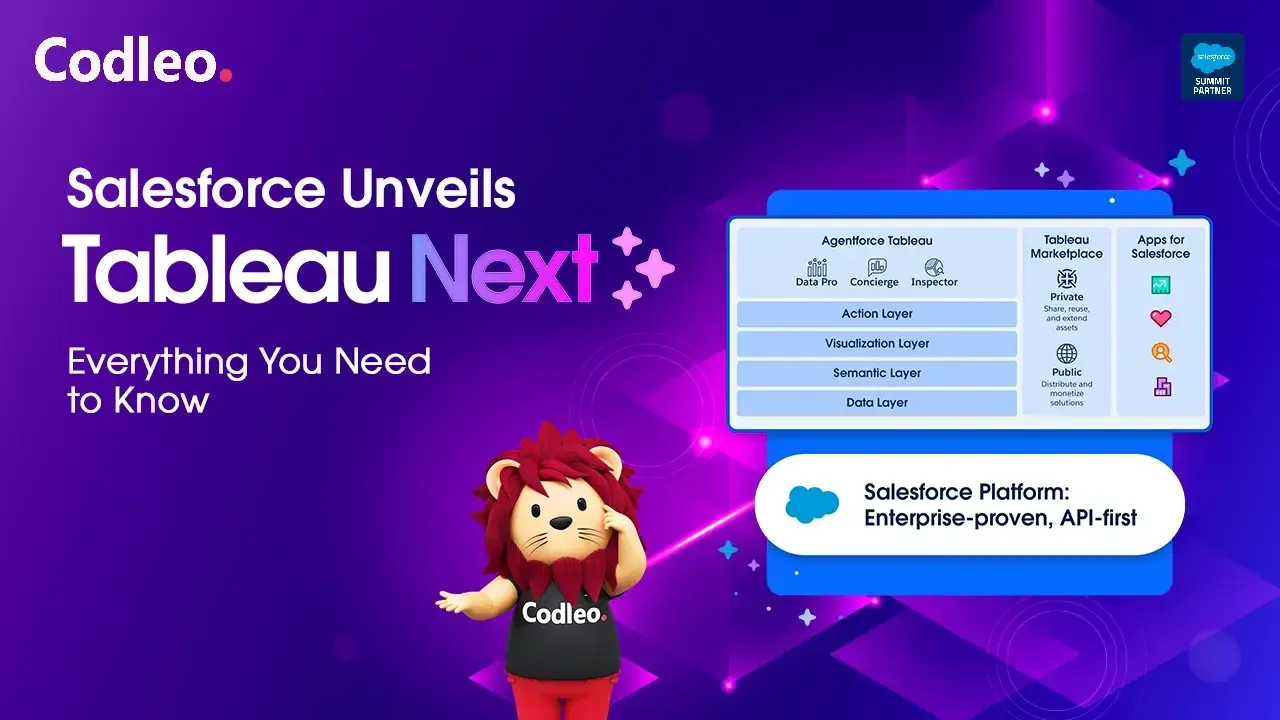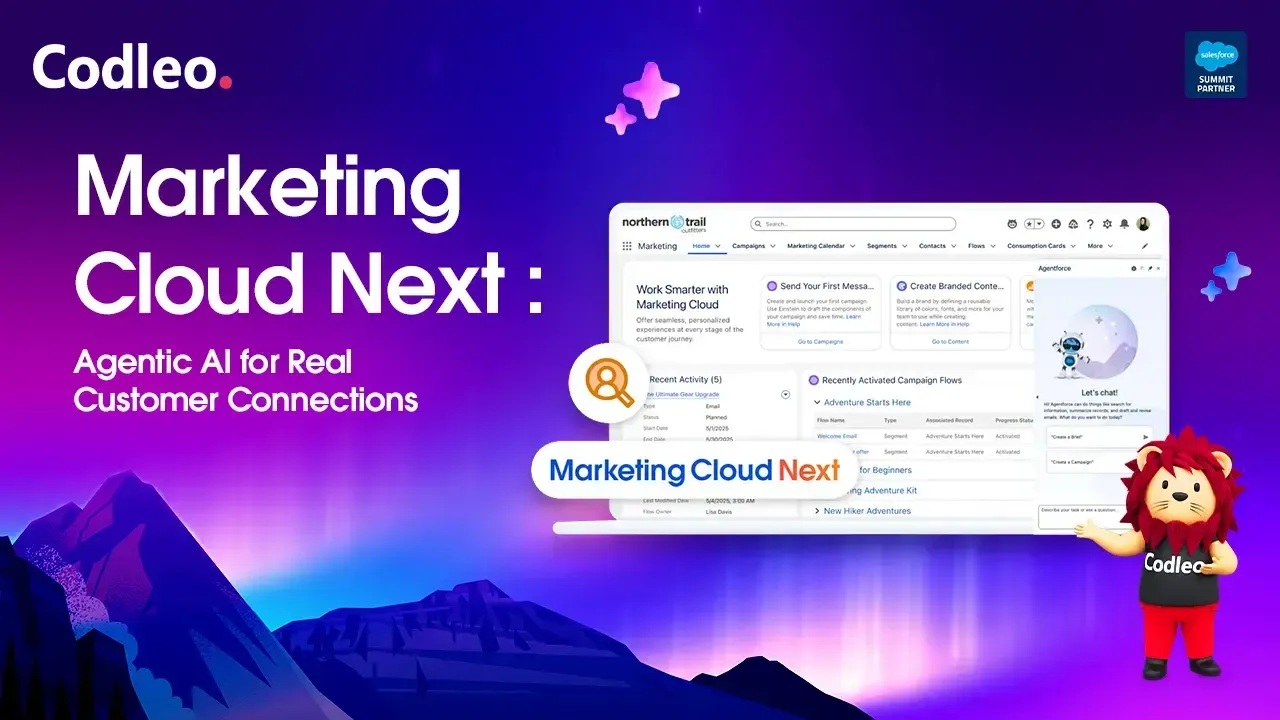Publish date:
Check out the complete Key Account Management (KAM) guide, which was brought to you by Codleo Consulting. This guide covers everything from the basics to the intricacies of managing key accounts effectively. Use the table of contents to navigate through the various topics discussed in the article seamlessly.
What is Key Account Management (KAM)?
Key Account Management (KAM) focuses on strategically handling and developing a business's most significant B2B clients and large accounts to optimize mutual value. This includes deliberate actions to fully grasp client requirements, cultivate enduring loyalty that transcends mere transactions, and continually enhance relationships.
KAM emphasizes the importance of leveraging your top 20% of customers, who typically contribute to 80% of your revenue, to unlock their full potential.
Key Account Management (KAM) serves several vital functions:
-
It establishes a structured approach for investigating, planning, and administratively managing these crucial accounts.
-
KAM facilitates the development of effective strategies by fostering collaboration among stakeholders within and outside of your organization.
-
It significantly enhances your relationships with key partners, opening more opportunities to increase sales or diversify product offerings.
-
Moreover, KAM plays a critical role in converting potential deals into actual sales and improving the accuracy of sales forecasts.
In practice, businesses should tailor their key account management strategies based on each account's revenue contribution. This means handling the top 20–30% of accounts differently than the mid-tier ones, which make up about 50–60%, and the lower 20–30%.
A rising trend in the industry is the proactive identification of "greenfield" key accounts - potential customers that haven't yet been acquired. Companies can adopt a "land and expand" strategy by understanding their potential acquisition path and growth opportunities. This method starts with securing a minor initial deal to enter the account, followed by efforts to expand the relationship gradually.
Over the last three years, the "land and expand" approach has become increasingly popular as a long-term strategy to maximize the value derived from key relationships.
Why Key Account Management?
How many accounts can one account manager effectively oversee?" Without a robust Key Account Management (KAM) strategy, it's common to find managers handling between 20 and 50 accounts, including high-value clients.
However, there's a downside to such a loaded schedule: managers primarily respond to immediate opportunities, leaving little room for building strategic relationships or developing growth-focused strategies within those accounts.
Given the complex nature of key accounts, which often include multiple subsidiaries, offices, and buying groups, a nuanced approach is required. For huge organizations like Amazon, it's common for companies to deploy several account teams, including a global key manager and regional managers focusing on specific areas.
When the number of accounts is overwhelming, coordinating goals across various internal teams becomes challenging. How can teams effectively collaborate to enhance service to key accounts when they are all stretched thin?
Limiting key account managers to managing no more than about five accounts enables them to concentrate intensely on those relationships. This focus allows them to build trust, identify new opportunities, and achieve sustainable growth.
Additionally, strong leadership and governance in KAM are crucial. Without solid oversight processes, how will executives understand what strategies are effective and which aren’t? Sales operations and enablement teams rely on this critical feedback to support account management efforts effectively.
Concentrating your top talent on a few key accounts can make substantial progress. However, this success depends on maintaining strict discipline in setting goals and monitoring performance.
4 Vital Stages of Key Account Management Relationships
Key account management (KAM) focuses intensely on nurturing relationships with your most valuable customers. It's crucial to recognize the nature of these relationships, which can range from straightforward, transaction-based interactions to deep, multifaceted partnerships. The key account managers and the broader supplier organization must clearly understand the relationship they share with each customer. This understanding dictates what actions are possible and appropriate within each relationship.

Tactical Relationship
Consider this phase the initial stages of acquaintance, where interactions are transactional and often centered around pricing discussions. At this point, you're one of several options they're considering. Communication typically involves just one representative from each side, keeping the relationship informal. Exiting this relationship is straightforward at this stage.
It's perfectly acceptable for some accounts to prefer remaining in this casual stage. Not all are looking for long-term commitments or foresee a significant future. However, if you perceive potential for a deeper relationship, it's worthwhile to investigate strategies to strengthen this connection.
Cooperative Relationship
As collaboration increases, more individuals begin working together to fulfill orders, creating a budding operational synergy. However, the client continues to evaluate your pricing against competitors and might switch if a better offer appears. Although you've invested time and resources, you haven't yet observed significant growth or cost reductions in the account.
Staying at this stage is manageable if the account has low to medium potential. For accounts with higher potential, it's essential to assess the impact of past investments and adjust your strategy to enhance relationships. While the benefits of these investments may not be immediately apparent, you should be on track to achieve returns through cost savings, increased business, or both.
Interdependent Relationship
The client exclusively purchases your product or service from you and begins to include you in their strategic planning. Your teams collaborate openly, and you've attuned so closely to their needs that replacing you would be challenging. This alignment results in increased revenue and profits—a rewarding outcome!
At this stage, the account becomes highly profitable, and you can predict a boost in sales or expanded business over the medium to long term. If the account lacks significant potential, reevaluating and adjusting investments might be wise.
Strategic Relationship
It represents the pinnacle of the relationship, where you and the account have developed a mutually beneficial, long-term key account management strategy. Given the high exit barriers, exiting this relationship would be difficult and disruptive. Interactions between you and the account are exceptionally transparent at all levels.
The account is highly profitable, and you have clear long-term prospects for business growth. If the account possesses significant potential, this stage is optimal. However, if the potential is limited, reconsidering the level of investment in fostering this relationship might be necessary.
Top 4 Best Practices in Key Account Management
Key Account Management, also known as Strategic Account Management, is a crucial approach to maximizing the profitability of your most vital assets. It is instrumental in enhancing the financial performance of B2B companies, and a robust Key Account Strategy is central to the success of any business operating in this field.
To excel in Key Account Management, adhering to these best practices is important.
The Changing Role of Technology in Key Account Management
Intelligent suppliers are eager to adopt Key Account Management (KAM). Unfortunately, several KAM initiatives fall short and are discontinued.
The following are the top 4 things to keep in mind when it comes to your key account management strategy:
Prioritize your most important customers.
Pinpoint the top accounts with the most growth potential. To maintain focus, consider limiting this group to around 50-100 major enterprise customers. Avoid the temptation to label every high-spending customer as "key," as this can overextend your resources.
According to a study by Harvard Business Review, companies like Xerox manage fewer than 100 true key accounts despite their vast resources and extensive experience with KAM.
To begin using the Account Planning template, identify your key accounts and establish a specific criterion or model to distinguish them from your broader customer base.
Implement a framework to assess accounts based on their strength of relationship and potential revenue opportunities. Give priority to those identified as 'Strategic' and 'Rising Stars,' as they promise future profitability with the right nurturing.
-
Strategic: Focus on building mindshare and securing profitability.
-
Star: Allocate time and resources. Immediate profitability is not essential.
-
Status: Keep things as they are.
-
Streamline: Optimize for profitability.
Key accounts do not necessarily spend the most money with you. They often have the most significant potential for future purchases and additions to their current services or products. These customers will likely remain consistent and loyal, thus offering substantial long-term value.
Focus on Relationships
At its core, Key Account Management (KAM) centers on building strong relationships with your most important clients. Dive deep to understand the organizational structure, key pain points, and top priorities of your key customers at various levels. Aim to be viewed as a trusted advisor rather than just another supplier.
Utilize tools such as organizational charts and white space analysis to identify opportunities for addressing client issues with superior solutions. This approach helps strengthen loyalty and deepen partnerships. KAM's goal is for clients to see their provider as a competent partner rather than merely a supplier. Gaining a thorough understanding of your client is crucial for this.
Familiarizing yourself with your client’s organizational hierarchy is beneficial. Tools like an Org Chart, native to Salesforce, are effective for mapping out and understanding the internal dynamics of your client's organization.
Look for opportunity
Enhancing your key accounts often involves upselling or introducing new products. Stronger relationships provide deeper insights into your clients' challenges. By addressing these challenges, you can naturally increase the size of your deals over time.
A robust strategy and well-crafted strategic account plans are essential for effectively cross-selling within existing key accounts. These tools equip Key Account Managers and sales teams with best practices.
Also, focus on offering solutions that genuinely benefit the customer. If you attempt to sell products that aren't related to their needs, you might find these efforts unfruitful.
Leverage the relationships you've built with your clients to engage in conversations, uncover their current challenges, and explore solutions, whether through enhancements to existing offerings or the development of new products.
White space analysis helps map out these opportunities and boost sales intelligence, helping you identify where you can make the most impact.
Choosing the right solution
Selecting an appropriate digital account planning tool to execute these Key Account Management best practices is critical.
Consider the following features when choosing the optimal digital account planning solution:
-
Visual heat maps
-
Relationship intelligence
-
In-app account reviews
-
Opportunity planning
-
Comprehensive reporting and insights
-
Communication trend analyses
Understanding the business impact is essential if you implement these Key Account Management best practices.
Closing notes
In summary, key account management involves blending quantitative data with qualitative insights—analyzing metrics while gauging relationships' health. Tailor your approach to meet the desires of key accounts to ensure their satisfaction. Happy selling!















